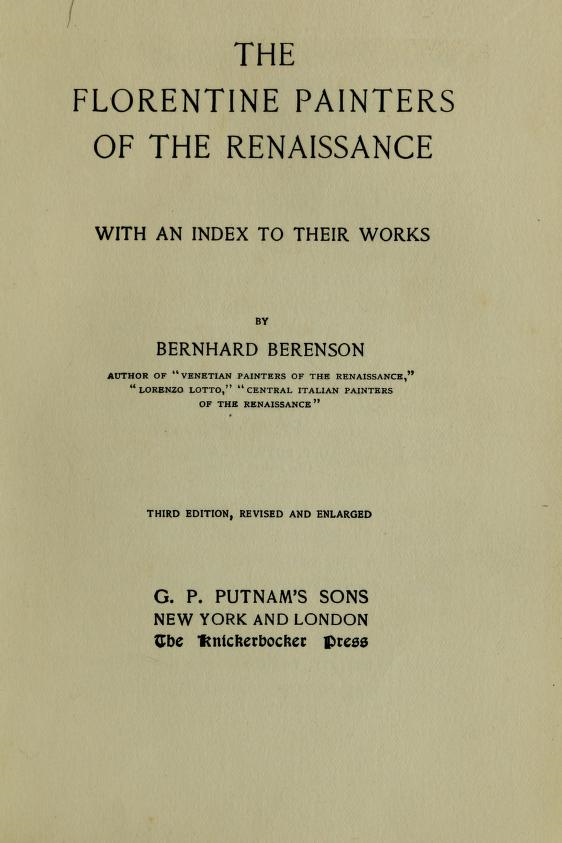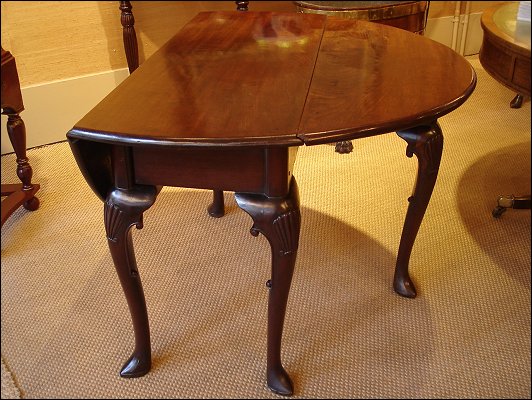It always surprises me that we’ve become old lags in the trade, as I suppose we have with our 20-year tenure. That of course the industry has been in flux and thinned out at the top has functioned to waft us, based not just our longevity but the fact of our survival, closer to the top. But with all of that, it seems that our experience has provided us not just with a welter of stories, but the ability to hive those stories into a variety of categories, and it is one of those categories I’ll relate now.
Amongst our many gallery visitors, we quickly learned there was a class we dubbed ‘touchers’. Initially, that a visitor was hell-bent on touching particularly furniture pieces with a flat surface was just an annoyance. The fact of bringing one’s fingertips across the surface of a table, say, means that I will upon the toucher’s departure have to bring out the dust cloth and buff out the inevitable fingerprints and smudges. While this sounds like the act of someone inordinately house-proud, I will remind my gentle reader that there is of course a commercial imperative- we do sell these pieces from time to time, and showroom condition supposes an absence of grubbiness.
In the fulness of time, though, the inconvenience wrought by the toucher was replaced by real irritation because it became apparent that touchers never, ever made a purchase. I suspect there may have been times, though these don’t stand out in my memory, that we have even told gallery visitors not to touch. If we expressed this in a vocal tone mezzo forte in a minor key, I do apologize.

Berenson and ‘tactile values’- ahead of his time in 1896
And I really mean it because, after too many years it finally occurred to us that the touchers’ action was really complimentary to our stock, and by extension, to us. The tactile contact, we came to discover, was a way by which a person who for whatever reason couldn’t make a purchase could still achieve some kind of connection with a decorative item that spoke to them. ‘Resonance’ is the current term, and I think it is as good as any to describe an experience between either an animate or inanimate object that sparks some kind of positive interaction, and so it has been for touchers- something resonates with them. It might be something they will never own but they do wish to enhance their resonance by touching it.
For those of you with a critical bent, you’ll find all of this familiar. What I term ‘resonance’ Bernard Berenson had more precisely defined over 100 years ago as ‘tactile values’. For Berenson viewing a painting of the Florentine renaissance might stimulate an aesthetic experience analogous to the physical act of touching. While our own stock is a bit thin when it comes to paintings of the Florentine renaissance, the decorative items we offer do share some commonality in centuries of age, and centuries of contact with humanity. It has been my belief that this imbues all these items with a real spiritual energy. Manifested as ‘tactile values’, ‘resonance’, or just plain touching, this spiritual energy is felt by very, very many people. Bearing this in mind, touching becomes irresistible.

